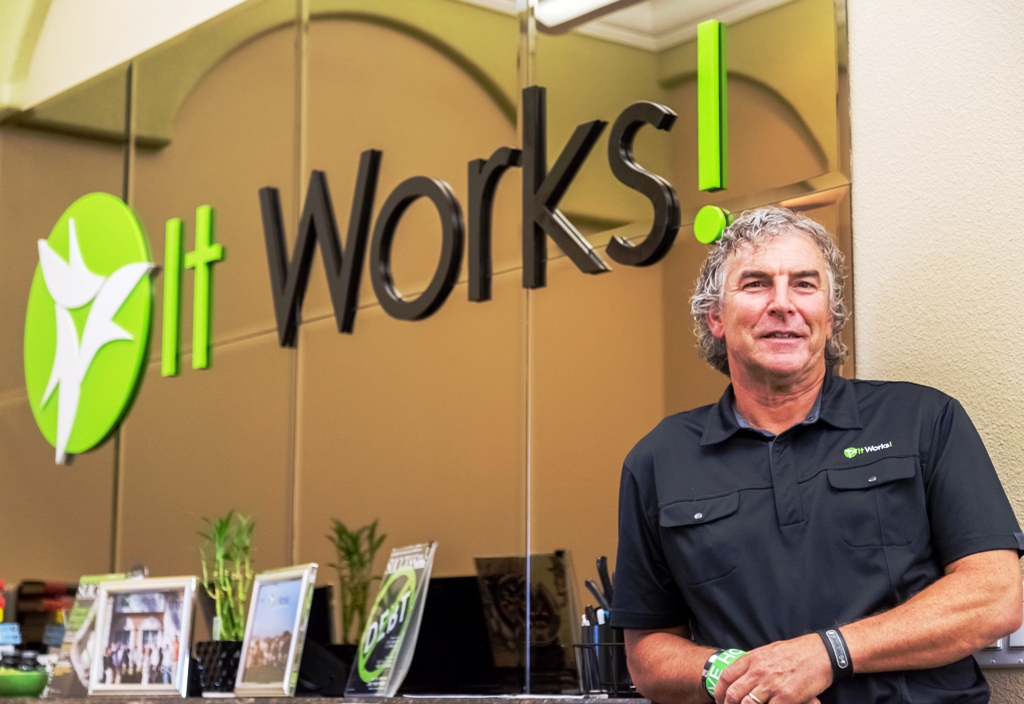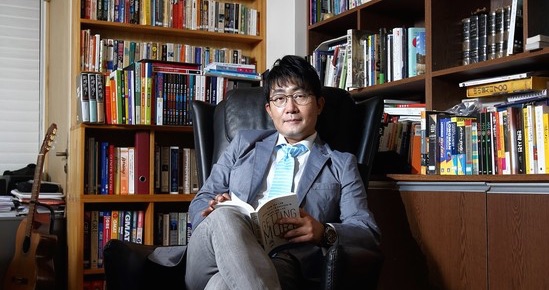5 inspiring teachers who became millionaires following their passion

Be Smart and Relentless!
Subscribe to receive updates on the latest faith-based success tips, cutting-edge entrepreneurial concepts, and exciting opportunities.
Normally it is common believe of our society that teachers are relatively poor people, but here are five teachers who found away to succeed financially in their spare time.
Here we have five teachers who discovered creative ways to turn their passion for teaching into millions.
1. Mark Pentecost

Image credit – Forbes
Mark Pentecost’s motivation for starting a business initially was to earn an additional $500 a month to support his family, but instead he stumbled into a million dollar fortune.
Pentecost is the founder of ‘It Works!’ a directs sales company that sells personal care products, health foods to weight loss body wraps. Prior to the success of ‘It Works!’ in the early 1990’s, Pentecost was a math teacher and varsity basketball coach in Grand Rapids, Michigan. In his later years as a teacher, he always imagined life beyond a regular paycheck and developed the habits of looking for new ways to supplement his income. Pentecost’s drive to become successful pushed him to read biographies of successful people in his spare time.
His primary motivation for going into sales was that he lacked sufficient funds for raising his family. In 1995 he quit is teaching job to become a salesman by joining Excel
Telecommunications, where he earned up $500,000 per year at his peak.
Soon Pentecost launched his own business selling real estate, and then moved into direct sales by selling toning wraps.
2. Deanna Jump

Image source: Startupanchor.com
Deanna Jump is a Georgia kindergarten teacher who became a self-made millionaire by selling lessons online to teachers across the globe.
Prior to becoming a financial success, Jump never really expected to make a living through entrepreneurship, as she and with her husband struggled to support a family of three children. She received the inspiration to become a success story when her colleague encouraged her to share her innovative teaching ideas through the website ‘TeachersPayTeachers.com’. The website was created by a former teacher Paul Edelman in 2006.
In the first year, she made $300, but gradually the popularity of her lessons grew, now she has sold over 161,000 copies of her 93 separate units, with earnings of $213,000 in the last three months alone, as reported by Businessweek. This is in addition to earning $55,000 annually from her full-time teaching at Central Fellowship Christian Academy. She is still the TPT star, as no other user has experienced the same soaring success that she has. She has received inquiries from teachers all over the world from Asia to Africa, and is considered a true inspiration by teachers all around the world.
3. Cha Kil-yong

Image source – Independent.co.uk
Cha Kil-yong is a top- ranking math teacher in South Korea who dresses in bizarre clothing which he wears to engage the attention of his students. The flamboyant teacher’s persona is similar to that of a celebrity pop star or actor, but this just a clever ploy to make him successful and stand out from other teachers.
Cha made his fortune by establishing an online cram school called SevenEdu that provides a service preparing students to take a college entrance exam in mathematics. In 2013 he earned $8 million.
4. Rob Percival

Image source – udemyisawesome.tumblr.com
Rob Percival was a math teacher at Perse Girls, and now he is a millionaire who works from home, usually no longer than half an hour a day. Rob studied mathematics at Trinity Hall, Cambridge, before embarking on a high school career teaching math for a period of ten years.
Rob made his fortune teaching coding online. He posted his first web development course called the “The Complete Web Developer Course” for $199 in 2014. The course has now amassed over 300,000 downloads and his next course called ‘The Complete iOS 9 Developer Course – Build 18 Apps’ also achieved massive success.
5. Kim Ki-hoon

Image source – Wsj.com
Kim Ki-hoon earns an average of $4 million per year teaching online lectures that are watched all over the world. Kim is said to work about 60 hours a week teaching English, believing that the harder he works the luckier he gets. Although he works 60 hours a week he spends only three of those hours giving lectures and the remainder developing educational text books and responding to students online. Kim now has 150,000 kids who pay to watch his lectures every year, and most of them are high school students ready to perform on the South Korean SAT version. Kim now employs 30 people to help him manage his teaching business and runs a publishing company that produces books.
Author

Recent Posts
Related Articles
Billionaire, David Rubenstein says the Bible is the best book ever
American businessman and lawyer David Rubenstein, co-founder and co-chairman of The Carlyle...
ByAdminSeptember 24, 2024How to make any product go viral
Forbes explores the success of the Stanley Cup and how this simple...
ByAdminSeptember 18, 2024Stock market investing 101: A step-by-step guide for beginners
This is an excellent video and a comprehensive step-by-step guide for beginners...
ByAdminSeptember 7, 2024Avoid toxic people at all cost
Who you allow into your life and the company you keep will...
ByAdminSeptember 6, 2024











